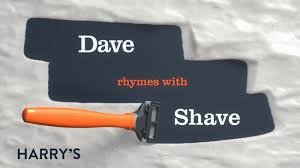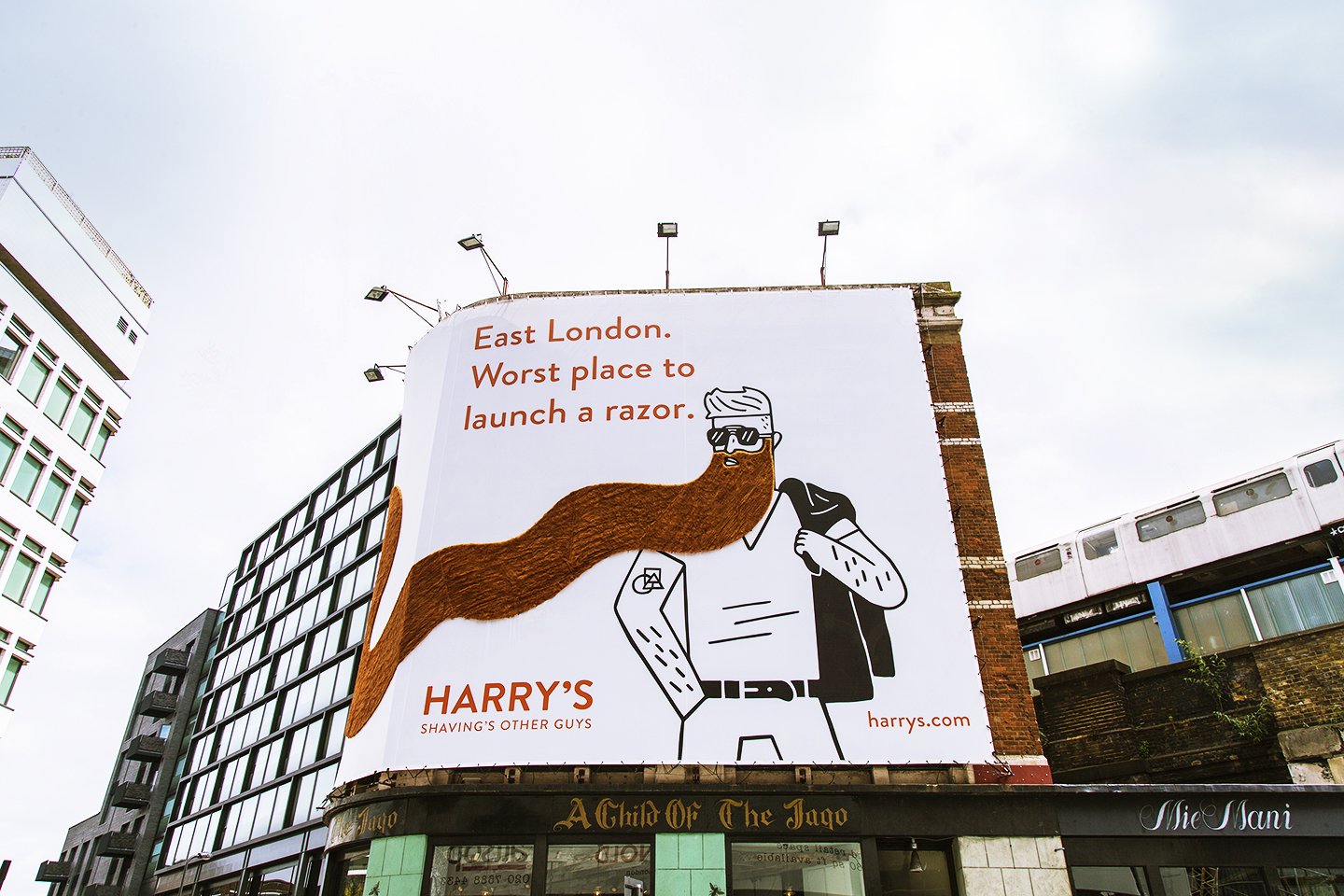Career highlights
Below are a range of projects I’m particularly proud of.
Some led to award winning creative work, some are more about the long term growth story, some are about stretching my brief to find value in the overlooked.
What drives someone to jump in front of a train?
…that’s the question at the heart of this project, but it wasn’t the brief.
Network Rail had donated 6 sheets in their stations to Samaritans. As the media strategist, my brief was to decide which stations to cover, to reach the people most at risk.
I knew straight away that wasn’t enough.
If you’re walking to the platform to jump, it’s too late for a poster to change your mind.
We needed to look deeper, to tackle the underlying issues, before things got to that place.
Digging through suicide data, I noticed something.
Suicide by rail affects a disproportionate number of manual jobs; plasterers, bricklayers, decorators.
Skilled, but repetitive work; leaving your mind free to wander, and dwell on your problems.
How could we reach them in that moment?
The site radio.
But these are men (and it is mostly men), who don’t readily engage with mental health.
I wanted to show them that anyone can struggle, even those who might seem to have it all.
Partnering with Talksport, we shared the stories of sporting heroes who’ve had suicidal thoughts, and how they came back from the brink.
“Talk to Talksport” won the Campaign Grand Prix for Samaritans - but more importantly, made a tangible different to both rail suicide rates (down 17%) and Talksport listeners (see right).
Here is a powerful call from a listener to the segment, opening up to footballer Leon McKenzie.
Why leave money to cancer research, when it could go to your family?
Gifts in wills are incredibly important to charities, they are by far the biggest contributor to funding.
But while many CRUK supporters say they’ll leave a gift, few actually do.
Because even if you believe strongly in their work, beating cancer is seen as too big a problem for any normal person to meaningfully influence.
But cancer isn’t one big problem, it’s a million little ones, and cancer research is solving them every day.
We needed to shrink the whole story down to a human level.
My brief was simple:
Show how leaving a gift in your will creates an invisible connection with another life, enduring long after you’re gone.
The creative team crafted that insight into beautiful stories in print, visually connecting the common threads between two real lives - a pledger, and a cancer patient.
Tangible, moving, and totally unlike anything in the category.
How do you introduce a new generation of banking?
In film, we showed the old banks trying desperately to keep up.
Written as vignettes, to stretch across timelengths and adapt for different global markets.
…like talking about bill splitting near popular lunch and dinner spots.
In finance, most people see stability as comforting, and innovation as risky.
But Revolut is not for everyone.
It’s for people who are excited by change, motivated by innovation. Who want to be ahead of the crowd.
It’s for where money is now, and where it’s going next.
It’s the Future of Money.
But with such a big claim, we needed to back it up.
We used static media to really blow out our brand idea.
Showing that there’s more than one reason we’re the future of money,
there are 100.
Tailoring our messaging to a range of relevant comms environments, to showcase the sheer scale of Revolut’s capabilities.
…and laying them all out for the old banks to see.
Every. Single. One
With double page spreads in financial newspapers and magazines.
Using a media of the past, to share a vision for the future.
…buying media that helped to amplify just how many reasons there really are.
How do you change perceptions, when the audience avoid your ads?
Young people are spending more on homewares than ever, but they see Dunelm as outdated - a place your mum buys her curtains.
A quick glance wasn’t enough - we needed to hold their attention long enough to challenge that ingrained brand perception.
But attention is hard to come by when your audience have their finger hovering over the skip button. We needed a different way in.
I approached ITV with the idea of creating a programme which could hold our audience in the way no conventional ad could, built on a simple insight.
Our homes are an intimate reflection of our personality.
The geniuses at ITV turned that into a dating show, “Back to Mine”, where people decide who to date by rifling around their house first.
Dunelm got sponsor idents, and an aftershow where Dunelm experts helped the person who missed out on a date to redecorate their home.
Reinforcing the brand’s rightful place as the ‘home of homes’.
It ran for two seasons, and won Campaign’s Grand Prix in 2020.
How do you overcome a 100 year old monopoly?
You don’t - you work to be the first, second choice.
In 2017, the razor category was going ballistic.
Dollar Shave Club had upended the hegemony of Gillette, and a huge number of brands had emerged to take advantage of a new market for razors delivered to your door. One of which was Harry’s.
I led media and comms strategy for Harry’s from their UK launch, until I left Goodstuff in late 2022.
In that time, I helped take the business from an unknown razor in a category of many - to a multi-product grooming brand, available in all major supermarkets, number two only to Gillette.
Overtaking established brands like Wilkinson Sword and Bulldog.
Not just as a comms and media strategist, but as a complete strategic advisor.
I helped with questions and challenges like:
Uncovering what makes them distinctive, and memorable.
Figuring out a path to growth, and how to keep everyone on it.
How to balance a growing product mix, with a finite budget.
What it takes to enter new markets successfully.
“Where to start… it’s an understatement to say that Tim was vital in our journey building Harry’s to become the #2 shaving brand in the UK and then across key EU territories.
Far from your ordinary planner, Tim is a strategic expert and advisor who goes the extra mile to really understand the unique dynamics and challenges of the category, the competition and the consumer. He breaks down complex data and insights to create truly valuable strategic frameworks and tactical recommendations that invigorate and unite a whole organisation.
Year after year, start to scale, Tim’s work informed and underpinned our entire all-agency comms planning process. His work allowed us to deliver creative comms and media that combined seamlessly to disrupt category convention (distinctiveness and differentiation) with budgeting principles that delivered excess share of voice with clear full funnel thinking. Together, we made the orange handle famous.”
Ben Dancer
Director of Brand Marketing, Harry’s








